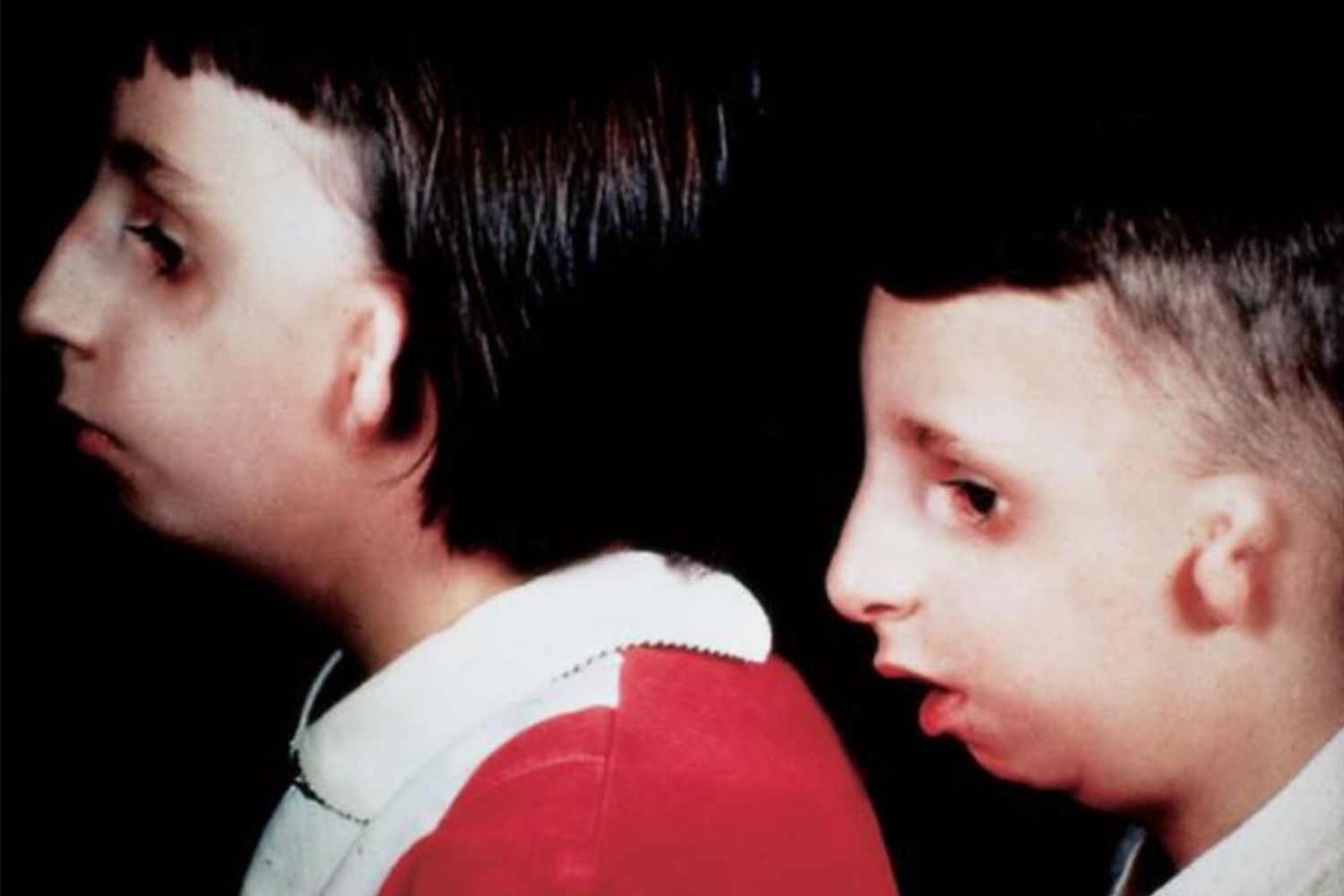
First Arch Syndrome might sound like a complex medical term, but it's actually quite fascinating. This condition affects the development of the first pharyngeal arch, a crucial structure in embryonic growth. Did you know that this arch is responsible for forming parts of the face, ears, and jaw? When something goes awry during development, it can lead to various congenital anomalies. Common symptoms include facial asymmetry, ear malformations, and jaw issues. Understanding this syndrome helps in early diagnosis and treatment, improving the quality of life for those affected. Ready to learn more? Here are 22 intriguing facts about First Arch Syndrome.
Key Takeaways:
- First Arch Syndrome, also known as Treacher Collins Syndrome, affects facial development due to genetic mutations. It can cause distinctive facial features, hearing loss, and speech delays.
- While there is no cure for First Arch Syndrome, treatments like surgeries, hearing aids, and speech therapy can help manage symptoms and improve quality of life. Support from specialists, educational plans, and adaptive devices are also crucial for individuals living with the condition.
What is First Arch Syndrome?
First Arch Syndrome, also known as Treacher Collins Syndrome, is a genetic disorder affecting facial development. This condition impacts the first branchial arch, which is crucial for the formation of bones and tissues in the face.
-
Genetic Origin: First Arch Syndrome is caused by mutations in the TCOF1, POLR1C, or POLR1D genes. These genes play a role in ribosome biogenesis, essential for cell function and growth.
-
Inheritance Pattern: This syndrome follows an autosomal dominant inheritance pattern. A single copy of the mutated gene from either parent can cause the disorder.
-
Facial Features: Individuals with First Arch Syndrome often have distinctive facial features, including downward-slanting eyes, a small jaw, and underdeveloped cheekbones.
-
Hearing Loss: Many affected individuals experience hearing loss due to abnormalities in the middle ear bones or ear canal.
-
Cleft Palate: A common feature is a cleft palate, where the roof of the mouth does not fully close during development.
Symptoms and Diagnosis
Recognizing the symptoms early can lead to better management and care. Diagnosis usually involves a combination of physical examination and genetic testing.
-
Eye Abnormalities: Coloboma, a condition where normal tissue in or around the eye is missing, is often present.
-
Respiratory Issues: Some individuals may have breathing difficulties due to a small jaw and airway obstruction.
-
Feeding Problems: Infants with this syndrome might struggle with feeding due to structural abnormalities in the mouth and throat.
-
Speech Delays: Speech development can be delayed, often due to hearing loss or structural issues in the mouth.
-
Genetic Testing: Confirming the diagnosis typically involves genetic testing to identify mutations in the TCOF1, POLR1C, or POLR1D genes.
Treatment and Management
While there is no cure for First Arch Syndrome, various treatments can help manage symptoms and improve quality of life.
-
Surgical Interventions: Multiple surgeries may be required to correct facial abnormalities, improve breathing, and address cleft palate issues.
-
Hearing Aids: Hearing aids or other assistive devices can help manage hearing loss.
-
Speech Therapy: Speech therapy can assist with communication skills, especially for those with speech delays.
-
Feeding Support: Specialized feeding techniques or devices can help infants with feeding difficulties.
-
Regular Monitoring: Continuous monitoring by a team of specialists, including geneticists, ENT doctors, and speech therapists, is crucial for comprehensive care.
Living with First Arch Syndrome
Living with this condition involves adapting to various challenges, but with the right support, individuals can lead fulfilling lives.
-
Educational Support: Tailored educational plans can help children with learning difficulties related to hearing loss or speech delays.
-
Social Support: Support groups and counseling can provide emotional support for affected individuals and their families.
-
Adaptive Devices: Various adaptive devices, such as specialized feeding bottles and hearing aids, can improve daily living.
-
Awareness and Advocacy: Raising awareness about First Arch Syndrome can lead to better understanding and support from the community.
-
Research and Advances: Ongoing research aims to better understand the genetic basis of the syndrome and develop new treatments.
Interesting Facts
Here are some intriguing facts about First Arch Syndrome that highlight its complexity and the ongoing efforts to manage it.
-
Historical Background: The syndrome is named after Edward Treacher Collins, an English surgeon and ophthalmologist who first described the condition in 1900.
-
Prevalence: It affects approximately 1 in 50,000 live births, making it a rare genetic disorder.
The Final Word on First Arch Syndrome
First Arch Syndrome, a rare condition, affects the development of the first pharyngeal arch in embryos. This can lead to facial abnormalities, hearing issues, and other complications. Early diagnosis and intervention are crucial for managing symptoms and improving quality of life. Treatments often involve surgery, hearing aids, and speech therapy.
Understanding this condition helps in recognizing the importance of prenatal care and genetic counseling. Though rare, awareness can lead to better support for affected families.
If you or someone you know is dealing with First Arch Syndrome, consult healthcare professionals for personalized advice and treatment options. Knowledge empowers us to make informed decisions and seek the best care possible.
Stay informed, stay proactive, and support those navigating this challenging condition.
Frequently Asked Questions
Was this page helpful?
Our commitment to delivering trustworthy and engaging content is at the heart of what we do. Each fact on our site is contributed by real users like you, bringing a wealth of diverse insights and information. To ensure the highest standards of accuracy and reliability, our dedicated editors meticulously review each submission. This process guarantees that the facts we share are not only fascinating but also credible. Trust in our commitment to quality and authenticity as you explore and learn with us.
